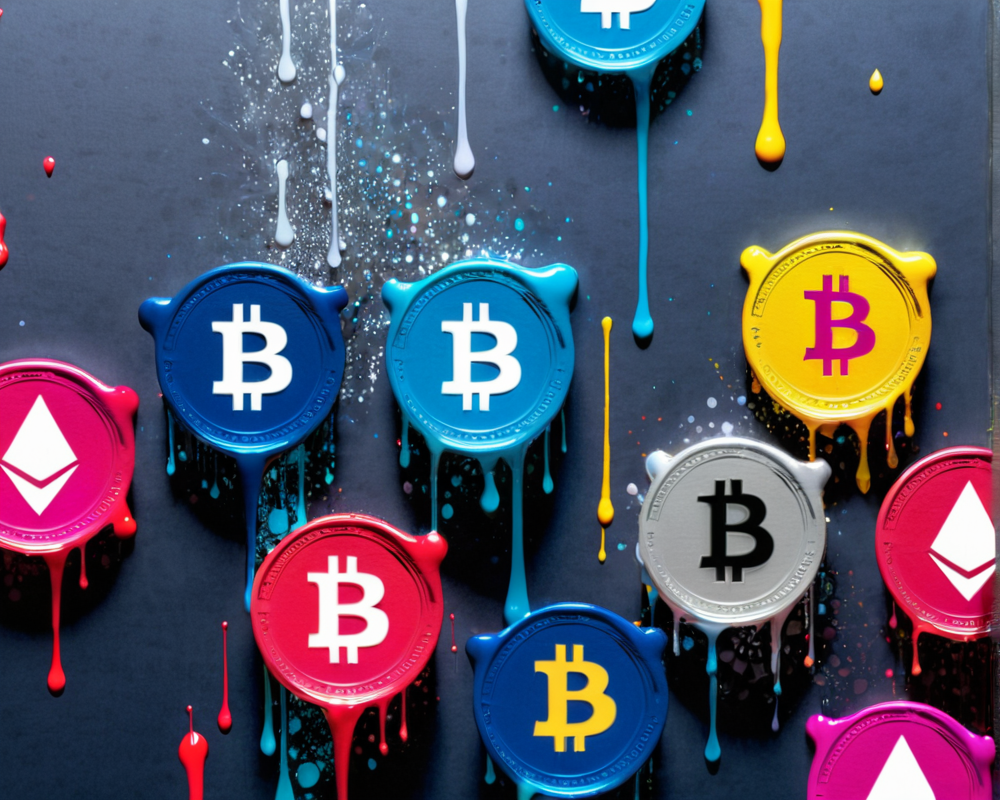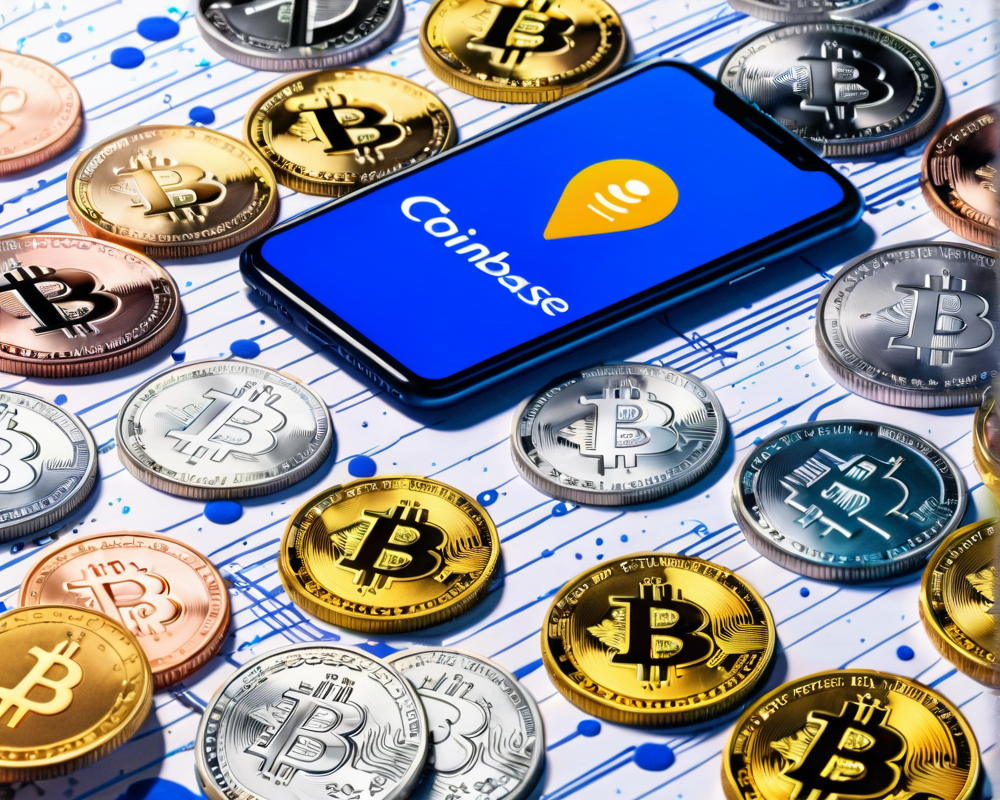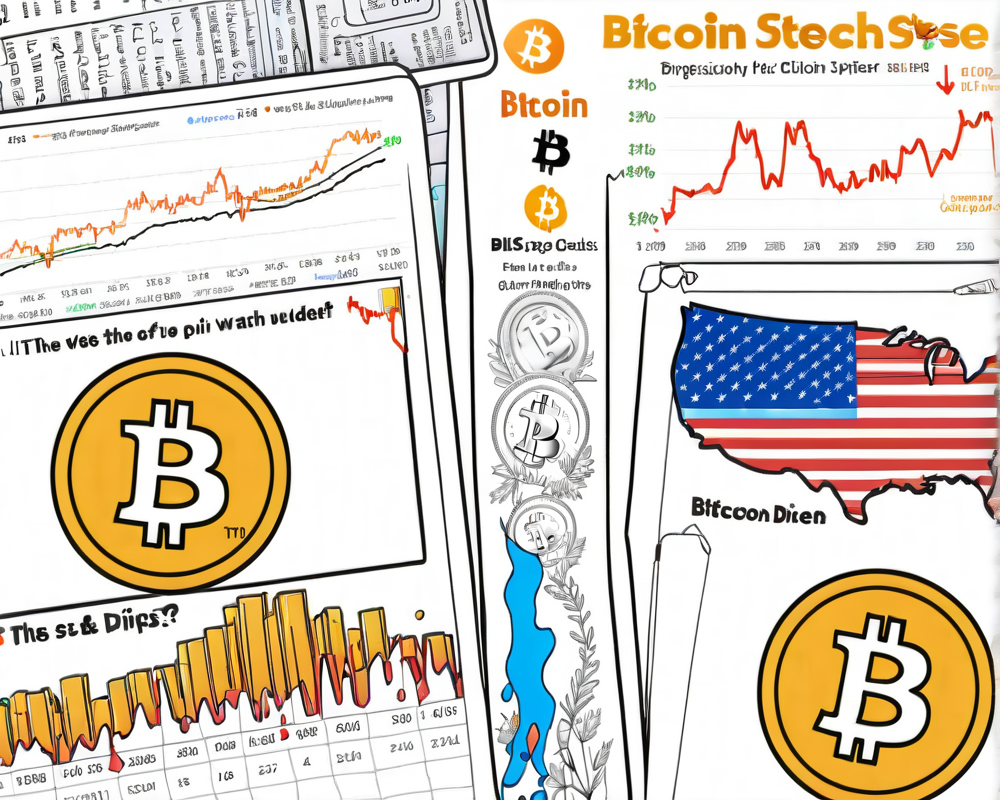Introduction: The Quest for Trust Post-FTX
In the wake of the FTX collapse, crypto exchanges have unanimously embraced a strategy to restore investor confidence by sharing proof of reserves. However, the emergence of suspicious transactions has cast a shadow over their intentions. Are these exchanges genuinely seeking transparency, or is there manipulation at play?
Crypto.com’s Mishap: A Case of Accidental Transfers
Just two days after releasing its cold storage information, Crypto.com made headlines with a surprising revelation: 320,000 Ether (ETH) was sent to Gate.io on October 21, 2022. CEO Kris Marszalek quickly attributed this unexpected transfer to an accidental error, reassuring users that the funds were returned to their original location. But was it really just a mistake?
Gate.io’s Proof of Reserves: Did They Play by the Rules?
The timing of events surrounding Gate.io raised eyebrows. The exchange released its proof of reserves snapshot on October 28, shortly after the Crypto.com incident. Solidity developer Shegen questioned the integrity of this move, suggesting that Gate.io may have topped up its reserves using Crypto.com’s funds.
“This was topping up for the proof. Gate and Crypto.com are fucked?”
With suspicions brewing, the crypto community began to wonder if exchanges were engaging in concerted efforts to mislead investors.
Huobi Under Scrutiny: More Questions Arise
As if the Crypto.com-Gate.io saga weren’t enough, allegations of foul play extended to Huobi as well. A wallet linked to Huobi transferred 10,000 ETH to Binance and OKX deposit wallets right after the exchange released its asset snapshot. Initially boasting 14,858 ETH, the wallet now shows a balance of just 2,463.5 ETH, further deepening the mistrust.
Blockchain investigator Colin Wu highlighted these transactions on Etherscan, prompting inquiries into whether Huobi was attempting a similar reserve manipulation.
The Defense: Counter Claims from Exchanges
Responding to the accusations, Gate.io’s founder Lin Han asserted that their asset snapshot occurred on October 19, two days prior to the Crypto.com transfer. Han provided proof to validate their timeline and distance Gate.io from accusations of wrongdoing.
“Crypto.com’s funds came in after the snapshot was released,” said Han, trying to reassure the community.
As these claims swirl around the crypto exchanges, the need for clear, transparent communication has never been more critical.
Conclusion: The Imperative for Vigilance in Crypto
The landscape of cryptocurrency continues to evolve, but one thing remains certain: trust is paramount. As exchanges unveil their cold storage information, the blockchain’s immutable nature enables both investors and watchdogs to scrutinize their operations more closely than ever. Binance, in their transparency efforts, stated:
“Our objective is to allow users of our platform to be aware and make informed decisions that are aligned with their financial goals.”
As the crypto community navigates the aftermath of the FTX fallout, vigilance and skepticism are essential until these exchanges can prove their bona fides. The stakes are high in a world where trust is built on the foundation of transparency—or torn down with deception.




